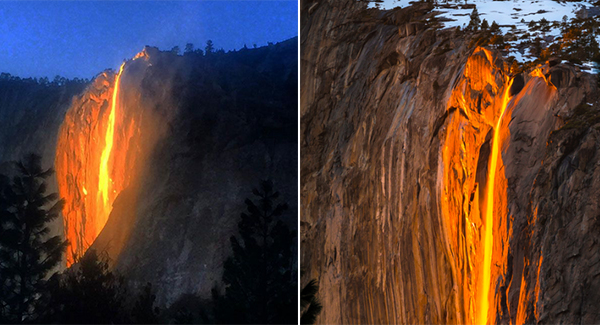The Saguaro Cactus is the largest cactus in the United States, reaching heights of up to 40 feet and Weighing up to 2 tons. Only in the Sonoran Desert, which stretches through southern Arizona, southeast California, and western Sonora, Mexico, can one find these prickly, branch-like cactus. These plants serve as a food source and a sign of the desert because they are keystone species.

The Sonoran Desert landscapes that are essential to the growth of the Saguaro Cactus are protected by the Saguaro National Park, which is situated in eastern and western Tucson, Arizona. The two districts of the park combined have an area of 91,327 acres.

Saguaro cacti have a unique Way of protecting themselves during their initial growth period by using What is known as “nurse trees.” The slow-growing cactus is protected by these trees, which are often fast-growing species like palo verde, ironwood, or mesquite. But as the cactus develops, it eventually competes with the nurse tree for resources like water and nutrients, which finally results in the tree’s demise.

The Saguaro Cactus is a slow-growing plant that takes many years to reach its massive height. It takes around 70 years for the cactus to grow to about six feet tall. Only when the cactus is 95–100 years old and 15–16 feet tall do its recognizable arms, also known as branches, begin to show. The Saguaro Cactus is thought to be an adult when it reaches a lifespan of about 125 years and may have numerous branches or none at all. These cacti are thought to live an average lifespan of 150–175 years, while some have been known to live beyond 200 years old.



Early July through late spring is when the Saguaro Cactus blooms. A variety of bat species contribute to the pollination of the cactus by consuming the nectar made by the White floaters. The bats spread the seeds and consume the fruit that is produced.
Although the taproot of the Saguaro Cactus extends about five feet into the soil, the overall root system of the plant is very shallow. Saguaro roots are only around 3-5 inches deep but extend out in a radius as long as the plant is tall.



The Saguaro Cactus is not just a plant, it also acts as a safe haven for various animals. One such creature is the Gila Woodpecker, which creates nesting chambers in cacti. While the cactus itself offers warmth during the colder months, these nesting holes give shelter from predators. The cactus’ abandoned cavities are also used by other birds like sparrows, elf owls, screech owls, purple martins, finches, and sparrows. Additionally, Harris’s Hawks can be seen nesting on the Saguaro Cactus’ arms.



Saguaro cacti also serve as a sanctuary for bobcats seeking refuge from predators. The cushioned pads on bobcats’ paws, also known as Lynx rufus, allow them to climb the cactus without being hurt by its sharp spines, which may grow up to three inches long. Bobcats may also observe the landscape nearby from a safe vantage point thanks to the height of the cactus.


